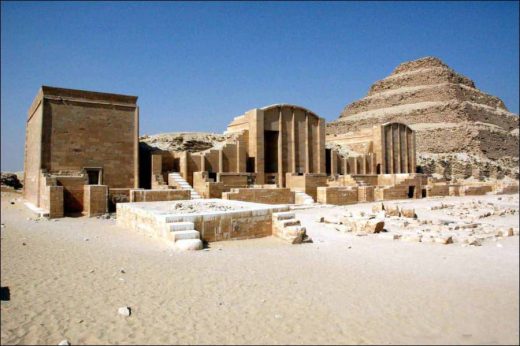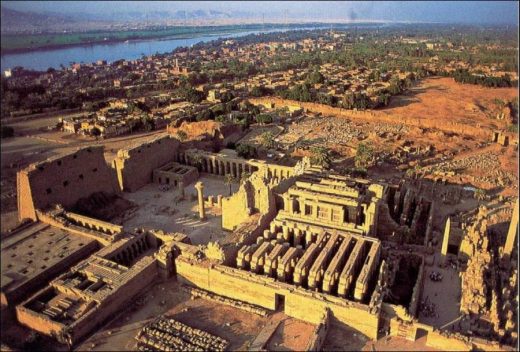Memphis Ancient City is considered as one of the most prominent settlements in the history of the Mediterranean, which was founded in the 3000s BC, was the capital of Egypt in the Old Kingdom Period.
The ruins of the city are located near Mit Rahina, which is located in the south of the city of Cairo today. Memfis, known as the capital of Aneb-Hetch, the first nom in Lower Egypt in history, is of great importance for the history of the region.
The city, whose name is Ineb Hedj (White Walls) in the ancient Egyptian language, took the name Memphis after the deformation of Pepi I in Egyptian language to Greek. According to the narration of Heredot, the city, which was born in 3.100 BC, succeeded in uniting two Egyptian kingdoms.
The city, which was recorded as the place with the most populous population in the world at that time, had a local population of 30,000 according to Chandlerm. The city, which lived its most prestigious period in the 6th dynasty where the Ptah sect was the center, and the weakest period in the 18th dynasty, continued to exist as the colony of the Persian Empire.
Under the rule of the Roman Empire, Alexandria remained the most important city in the region, while Memphis remained the second most important city. Established in 641, Fustat (the first name of Egypt’s capital, Cairo) affected life in all other cities. The city of Memfis has been abandoned over the years.
Memphis, which has turned into a massive abandoned settlement, has been used for many years to supply rock, stone and construction materials to other settlements. The city, which can be visited as a magnificent ruin until the 12th century, has disappeared due to the geographical conditions in recent years.
During the excavations in this ancient city, which has the most important historical traces of Egypt, the remains of the temple of Ptah and Apis were unearthed by several sculptures by archaeologists, including the Ramesses II statue made of two-meter alabaster.
Visits: 510




